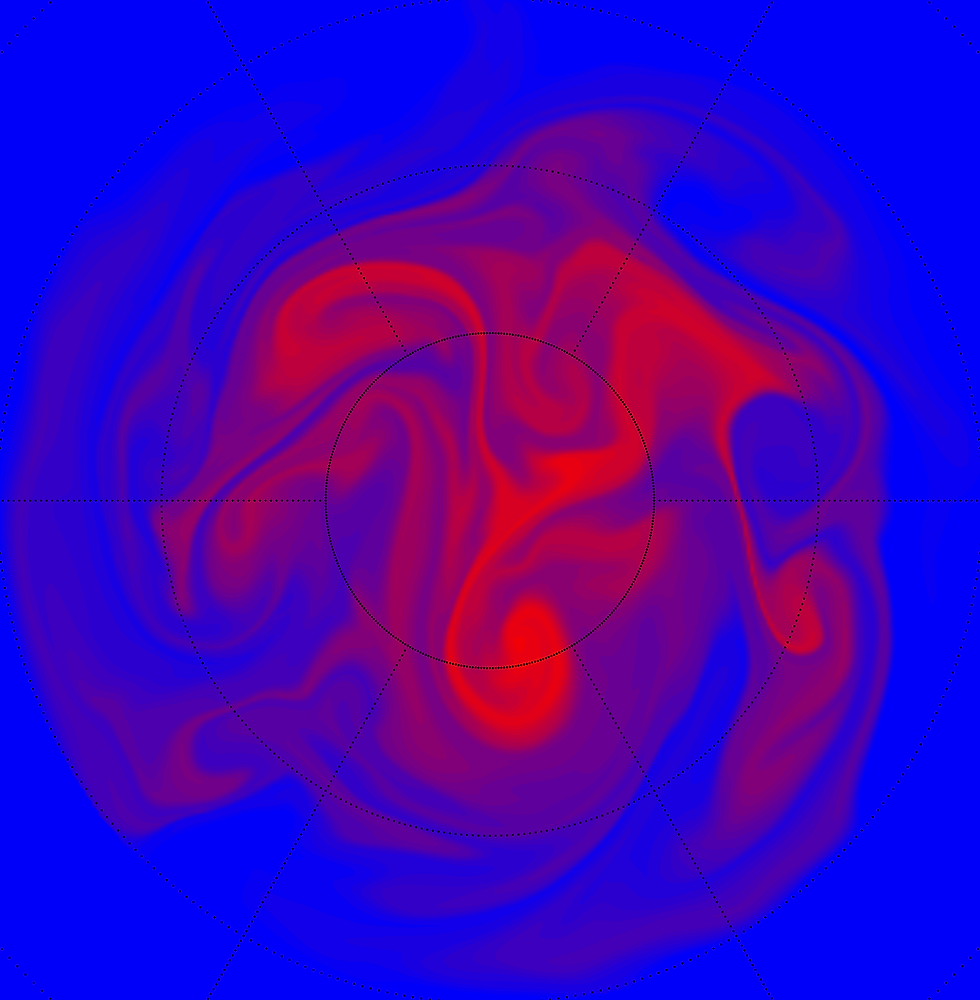Fractals, Mandelbrot & Financial Markets
- Lepus Proprietary Trading

- Sep 20, 2019
- 2 min read
Continuing from our last post about markets operating in a fractal nature, we'll now theorize on ways in which these fractals can be interpreted along with show you how trends are formed around these in all time frames and asset classes. Trending markets represent a strong sentiment to the direction in which the market is trending. These trends can either be range bound or directional. If price action is trending in a direction it leaves behind peaks and troughs.
A peak can be defined as the highest point between two consecutive higher high prices or two or more consecutive lower low prices
A trough can be defined as the lowest point between two consecutive lower low prices or two or more consecutive higher high prices. These peaks and troughs make up the overall trend as a whole and since markets are fractal - each consecutive trend in a direction can be made up of smaller peaks and troughs on smaller time frames. The Mandelbrot set and the Julia set example written in the previous article shows this law is consistent with appearing in nature and the natural formation of complex (chaotic) numbers. Furthermore, this theory is supported by the Elliot Wave Theory where the 3-wave impulsive set is fractal with the 3rd wave most commonly being the easiest to identify as fractal. Below is an example of an impulsive wave occurring on the higher time-frame for US Crude Oil.

A simple indicator created by Bill Williams helps us to easily identify fractals occurring on a chart.
A bullish fractal occurs when (within a series of at least five successive bars) there is a pattern with the lowest low of the candlestick in the middle of two higher lows on each side.
A bearish fractal occurs when (within a series of at least five successive bars) there is a pattern with the highest high of the candlestick in the middle of two lower highs on each side.

The indicator can be used in assisting in the identification of legs of a trend and assist with Elliott wave counts.

As is shown, these fractals are drawn on the Daily charts however can be applied to any time-frame. A common rule of thumb is that the larger the time-frame a fractal has occurred on, the more reliable the signal of reversal is. Importantly, a trader should always take notice of the longer term trend and if they wish to trade shorter time-frames then positions should only be taken in the direction of the larger trend to increase the probabilities of success.






Comments